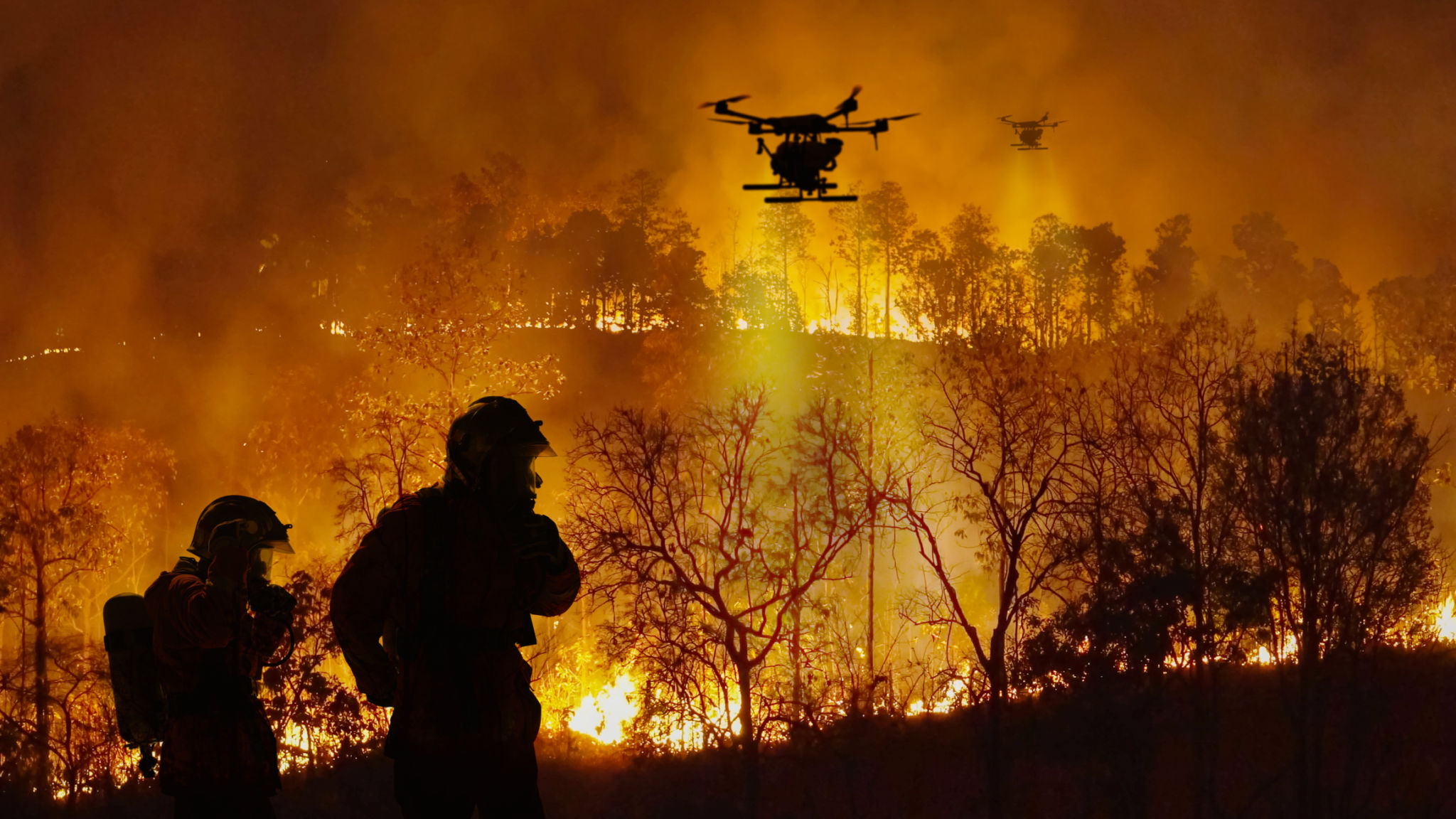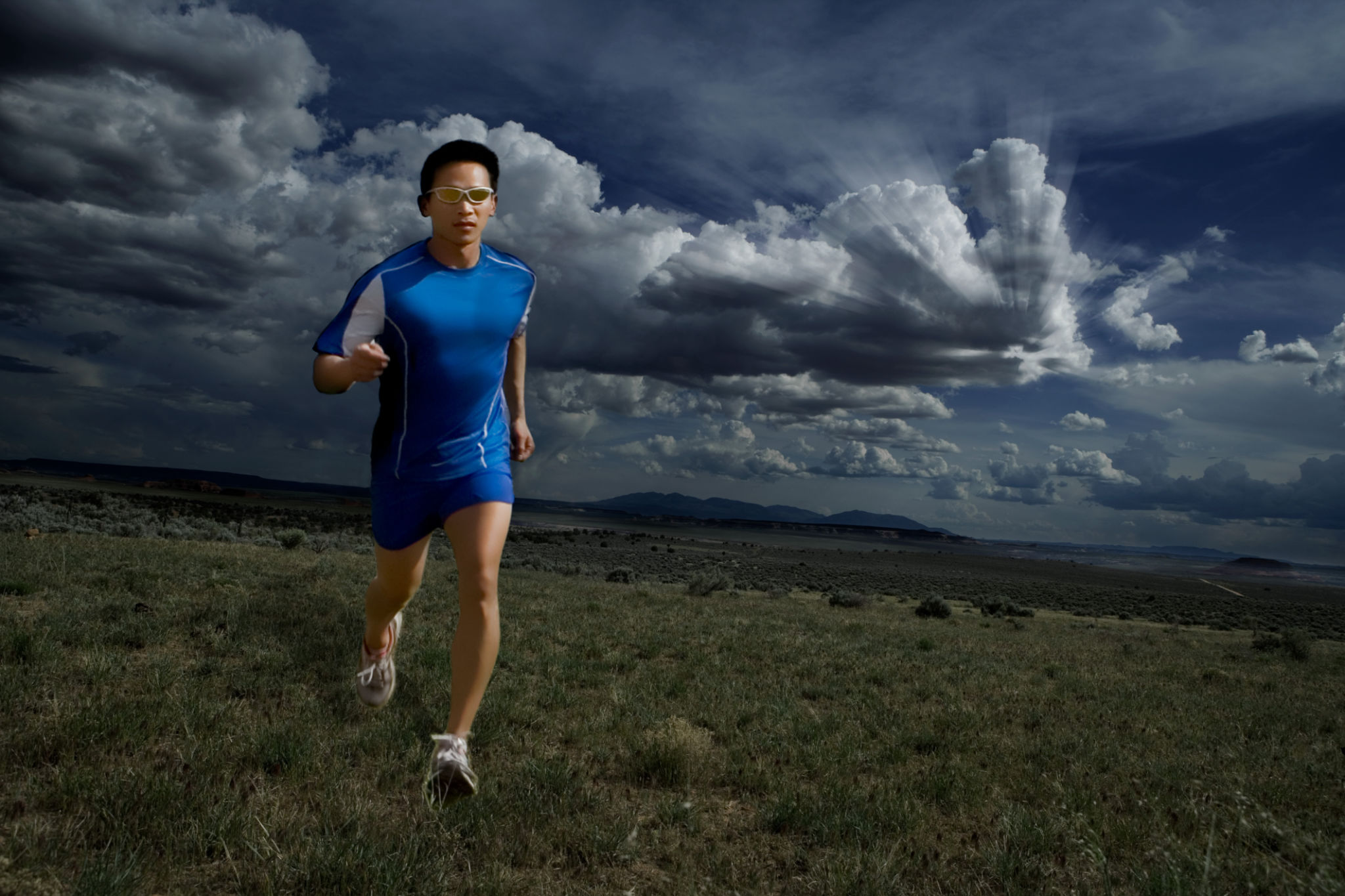The Art of Aerial Shots: Tips for Stunning Drone Photography
Understanding the Basics of Drone Photography
Drone photography has revolutionized the way we capture landscapes, offering breathtaking aerial views that were once only accessible to those with access to aircraft. To achieve stunning drone photographs, it is essential to understand the basics of drone operation and photography principles. This includes familiarizing yourself with your drone's controls, camera settings, and safety guidelines.
One of the first steps to master is learning how to operate your drone smoothly. Practice flying in open spaces to get comfortable with different maneuvers and camera angles. Additionally, understanding the camera settings such as ISO, shutter speed, and aperture will greatly enhance the quality of your shots.

Planning Your Shots
Planning is crucial when it comes to capturing stunning aerial shots. Before heading out, research your location to identify potential points of interest and the best times for shooting. Consider factors such as lighting, weather conditions, and any legal restrictions in the area.
Creating a shot list can be extremely helpful. This list should include key locations, desired angles, and specific times of day when the lighting will be optimal. Planning ahead not only saves time but also ensures you make the most of your drone flight.

Mastering Composition Techniques
The composition of your aerial shots can make a significant difference in their impact. Utilize well-known photography techniques such as the rule of thirds, leading lines, and symmetry to create visually appealing images. Aerial views often provide unique opportunities for composing shots that wouldn't be possible from the ground.
Experiment with different heights and angles to add depth and dimension to your photos. Flying lower can emphasize foreground details, while higher altitudes reveal expansive landscapes. Play around with various perspectives to find what best suits your subject.

Enhancing Images with Post-Processing
Post-processing is a powerful tool in drone photography, allowing you to enhance colors, contrast, and sharpness to create stunning visuals. Software like Adobe Lightroom or Photoshop can help you refine your images by adjusting exposure, correcting lens distortions, and applying filters.
When editing aerial shots, it's important to strike a balance between enhancing the image and maintaining its natural look. Over-editing can lead to unrealistic results, so aim for subtle adjustments that highlight the beauty of the scene.
Ensuring Safety and Compliance
Safety and compliance with regulations are paramount in drone photography. Always check local laws and restrictions before flying your drone. Many areas have specific no-fly zones, altitude limits, or require special permits for drone operation.
Additionally, always be mindful of your surroundings. Avoid flying near people, wildlife, or restricted areas such as airports. Being a responsible drone operator not only ensures safety but also helps protect the reputation of the drone photography community.

Incorporating Creativity in Your Shots
While technical skills are important, creativity is what truly sets stunning aerial shots apart. Try experimenting with different times of day, weather conditions, or thematic concepts to add uniqueness to your work. Whether it's capturing the first light of dawn or the vibrant colors of sunset, each moment offers distinct lighting and mood.
Consider using props or incorporating human elements into your compositions for added interest. A lone figure standing amidst a vast landscape can provide a sense of scale and narrative to your photograph.

